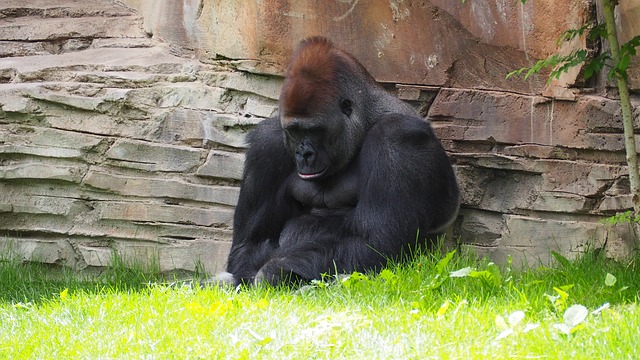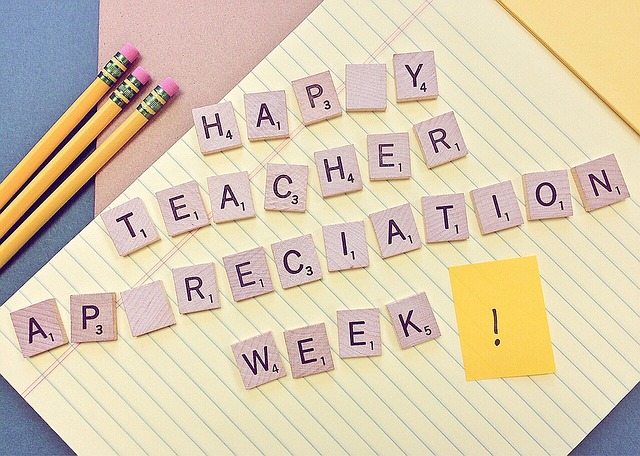Daniel Kahneman highlighted the tendency to develop hasty judgements in his book, Thinking, Fast and Slow. Daniel, Nobel prize winner in economics, explains that most often we make hasty, automatic and intuitive judgments that are helpful in crisis times but can rupture relationships. He describes this “fast thinking” as System 1 thinking. In contrast, “slow thinking” (System 2 thinking) is more considered, reflective, deliberative and analytical. Fast thinking is resource efficient for the brain, taking less time and brain power. However, as neuroscientist Gina Rippon points out, these “pervasive shortcuts” are riddled with stereotypical thinking, half-truths, myths and untruths.
Overcoming hasty judgments
Mindfulness coach, Brian Shiers, highlights the fact that one of the problems with System 1 thinking is that we tend to have blind faith in our perception, however ill-informed or inadequate it is. We do not subject it to scrutiny or challenge because such activity would be time consuming in our time-poor world. The increasing pace of life and our heightened reactivity make it more likely that we will resort to the time efficient System 1 thinking. We end up seeing the world and individuals through the veil of our biases and prejudices.
Brian Shiers suggests that we can overcome this tendency to make hasty judgments, by developing “meta-attention” – an outcome of mindfulness which heightens the depth and “granularity” of our inner awareness. He suggests that to truly understand other people we first need to get in touch with our System 1 thinking which hastily boxes them into one of more of our easy-to-use stereotypes. He offers a meditation to look inside our self to observe our thinking and how it shapes our judgments about individuals.
Developing “meta attention”
In a MARC guided meditation podcast, Brian leads us in a meditation designed to increase our attention and power of concentration. The meditation is grounded in our body through a focus on the breath. He suggests that it is important during this meditation to avoid a tendency to perfectionism and to ensure that we engage in observation of our “thought stream”, rather than analysis.
The guided meditation involves extended focus on our breathing, without trying to control our breath. As thoughts about another person appear during the meditation, we notice them and observe what they are saying about the individual – staying in observation mode, not reverting to analysis. As we capture these thoughts, we return to the focus on the breath.
Brain’s guided meditation builds inner awareness – helping us to get to know our self better and understand what thoughts are passing through our mind in relation to another person. At the mid-point, he suggests that we get in touch, too, with what is happening in our body – noticing any points of tension such as tightness in our fingers, arms, shoulders or legs.
As we increase our awareness of our thought processes, we begin to notice the accompanying feelings which Brian suggests we treat with “acceptance, curiosity and friendliness”. As the meditation comes to an end, we are invited to take some deep breaths and, on exhaling, let the thoughts and feelings pass through us into the open.
In one sense, this guided meditation is another form of building our “awareness muscle” but the approach here is to focus purely on being-with-our-breathing, not controlling it – unlike the fifty conscious breaths described in my previous post as a way to use the “Awareness-Focus Loop” to overcome procrastination.
As we grow in mindfulness by engaging in meditations designed to develop meta-attention, we can become more conscious of our thought stream and the automatic thoughts that shape our hasty judgments about people. Through this process, we can gain better control over our thoughts about others and adopt a more considered, understanding position while maintaining self-compassion.
____________________________________________
Image by Gerd Altmann from Pixabay
By Ron Passfield – Copyright (Creative Commons license, Attribution–Non Commercial–No Derivatives)
Disclosure: If you purchase a product through this site, I may earn a commission which will help to pay for the site, the associated Meetup group and the resources to support the blog.









